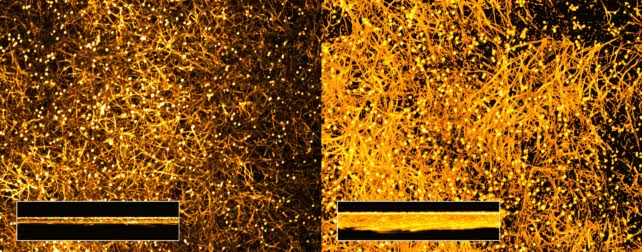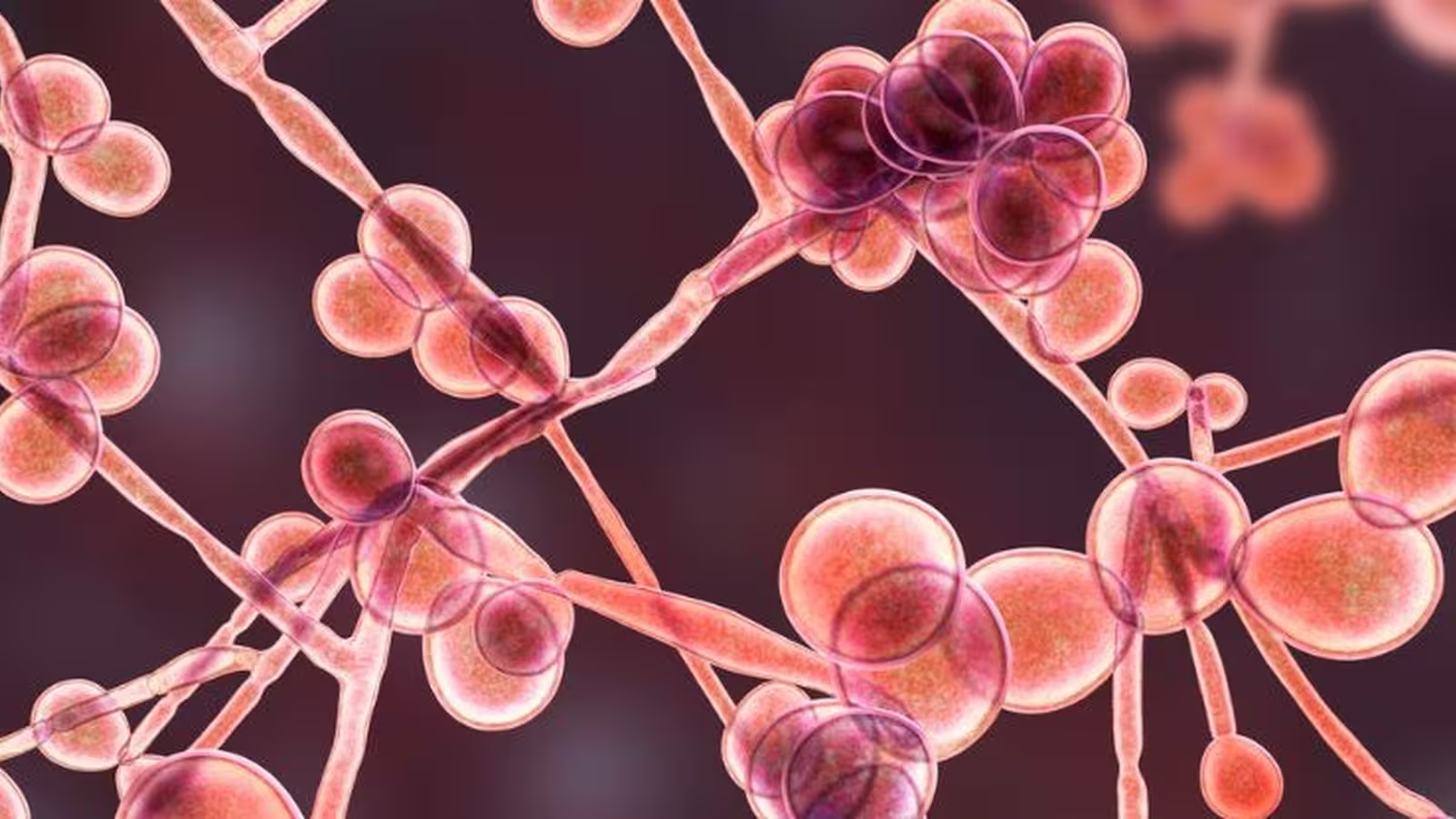4 Minutes
Scientific Background: The Role of Candida albicans in Human Health
Candida albicans is a common yeast species inhabiting the human body, colonizing sites such as the mouth, gastrointestinal tract, and genital areas. In most healthy individuals, this microorganism coexists without causing harm. However, under specific conditions – for instance, when the immune system is compromised or after antibiotic treatments disrupt normal microbiota – C. albicans can transition from a benign presence to an aggressive pathogen. This shift leads to infections like thrush and, in severe circumstances, life-threatening systemic infections when the fungus breaches the bloodstream and major organs.
Globally, C. albicans ranks among the most prevalent causes of fungal disease. The World Health Organization lists it as one of the most concerning fungal pathogens due to its high infection rates and the severe outcomes it can provoke in vulnerable populations.
New Findings: Albumin's Unexpected Influence on Pathogenicity
Recent research from Europe has uncovered a pivotal factor involved in this transformation: albumin. Albumin, the most abundant protein in human blood plasma, is traditionally known for its role in transporting nutrients and maintaining osmotic pressure. However, new experimental evidence indicates that albumin plays a much more insidious role in the context of fungal infections.
A team led by microbiologists Sophia Hitzler from the Leibniz Institute for Natural Product Research and Infection Biology in Germany, and Candela Fernández-Fernández, found that albumin can act as a biological switch that unleashes the full pathogenic potential of C. albicans. This discovery helps clarify longstanding challenges researchers face when studying C. albicans outside the human body: in laboratory conditions, the yeast often loses its harmful traits, making it difficult to assess its true virulence.
Experimental Approach and Breakthroughs
Using human cell cultures, particularly derived from vulvar tissues, the researchers investigated how albumin influences C. albicans behavior. Astonishingly, even yeast strains that had their primary virulence genes disabled became highly toxic in the presence of human albumin. The protein appeared to rewire the pathogen's metabolic machinery, accelerating growth, promoting dense biofilm formation, and restoring its ability to damage human cells.
Hitzler describes this phenomenon: "We suspected that an essential host-specific signal was missing from our laboratory systems – and albumin emerged as the most likely culprit." This insight builds on previous work indicating albumin amplifies the yeast's toxicity on vaginal skin cells, but extends the finding to broader human tissue models.
Candela Fernández-Fernández elaborates, "C. albicans doesn’t always need to produce long hyphae or vast quantities of toxins to be dangerous. It adapts to its environment and finds ways to exploit the host's biological cues."

Implications for Medical Research and Fungal Pathogen Studies
These discoveries carry significant implications for the study and treatment of fungal infections. They underscore the importance of including native human physiological factors, like albumin, in laboratory models designed to evaluate pathogen behavior and drug responses. Without such cues, critical aspects of fungal pathogenicity may be overlooked, possibly underestimating the true threat certain C. albicans strains can pose in clinical settings.
Moreover, while bacterial infections and the growing crisis of antibiotic resistance receive widespread attention, fungal pathogens such as C. albicans represent an underappreciated risk. Fungi are also evolving resistance to current antifungal medications, necessitating deeper research investment to keep pace with clinical challenges.
Future Directions
The findings prompt a rethinking of how fungal infections are modeled and studied. Researchers will need to develop more sophisticated experimental systems that accurately simulate the human body's complex environment. Albumin is unlikely to be the only factor influencing C. albicans pathogenicity; identifying other host-derived signals will further illuminate the mechanisms driving infection escalation.
As Hitzler remarks, "Simply supplying basic nutrients in culture is insufficient. Accurately mimicking the environmental signals present in the human body is vital, or else dangerous strains of C. albicans might be missed during laboratory testing."
Conclusion
The recognition that a common blood protein like albumin can dramatically increase the virulence of Candida albicans marks an important advance in medical mycology. Not only does this discovery explain why C. albicans is often difficult to assess outside of the human host, it highlights the necessity for more accurate infection models in the fight against life-threatening fungal diseases. As the search for new diagnostics and therapies continues, understanding the dynamic interactions between host proteins and pathogens will be crucial in reducing the global burden of invasive fungal infections.
Source: nature



Comments